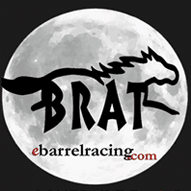Make plans for veterinary feed directive changes now
The new ruling will demand some veterinarian and client interactions that weren’t required before regarding the use of medically important antibiotics in feed and water, said Apley, a veterinarian who specializes in beef production medicine.






